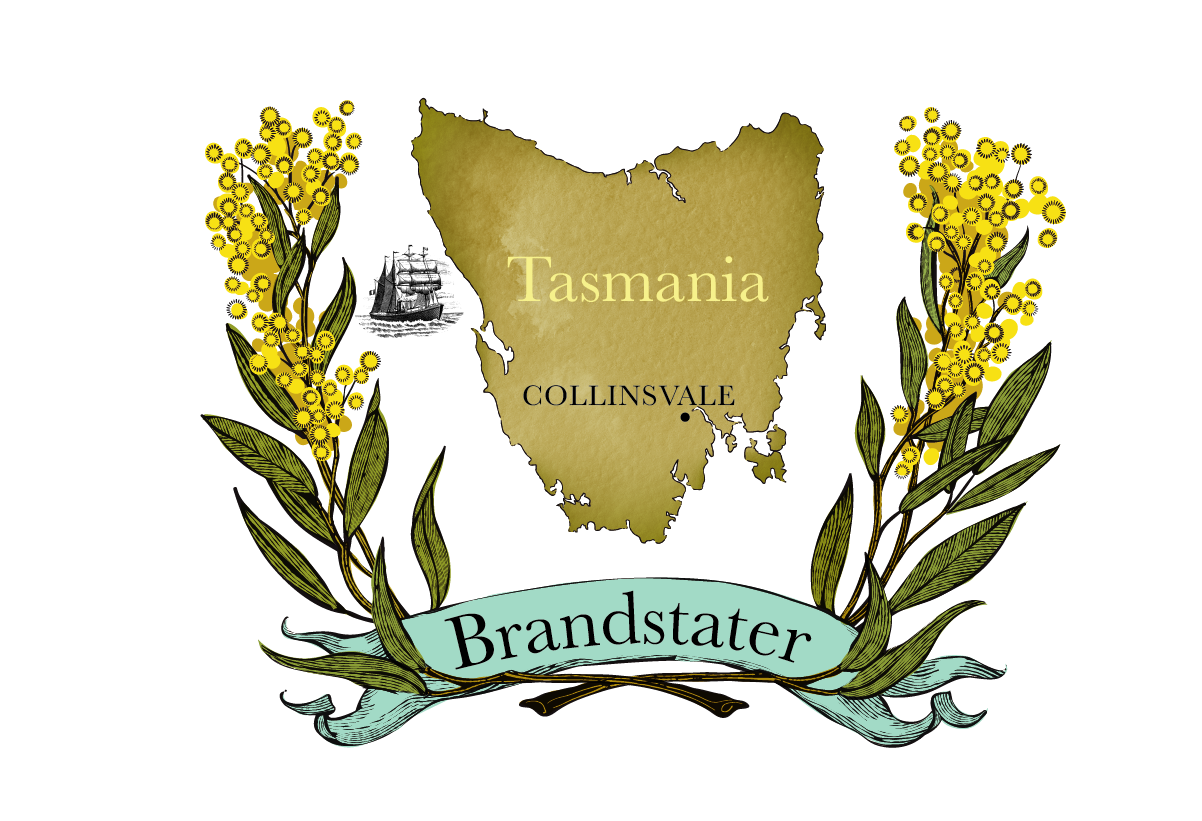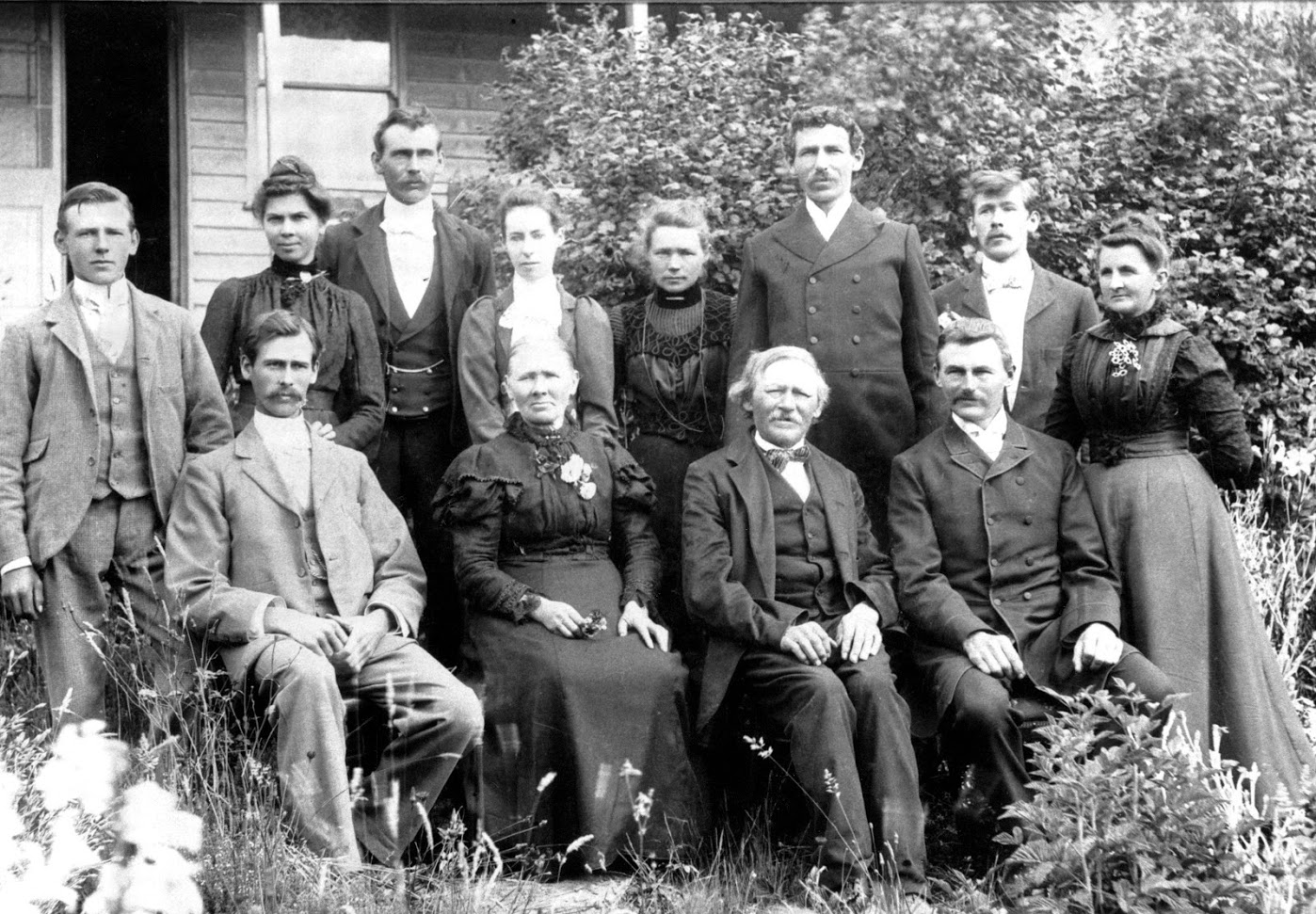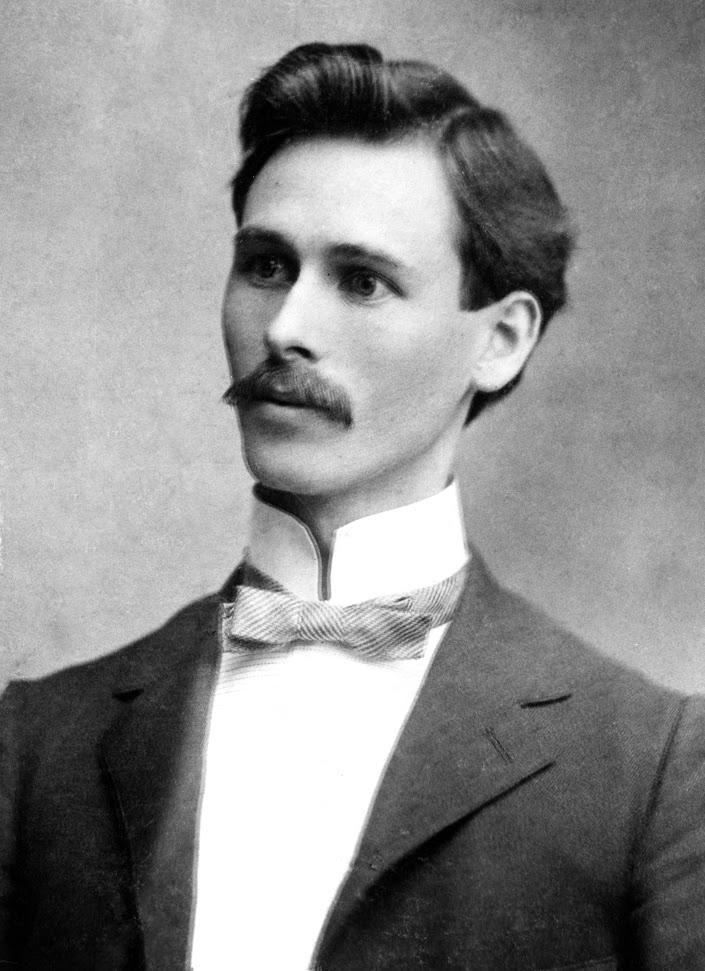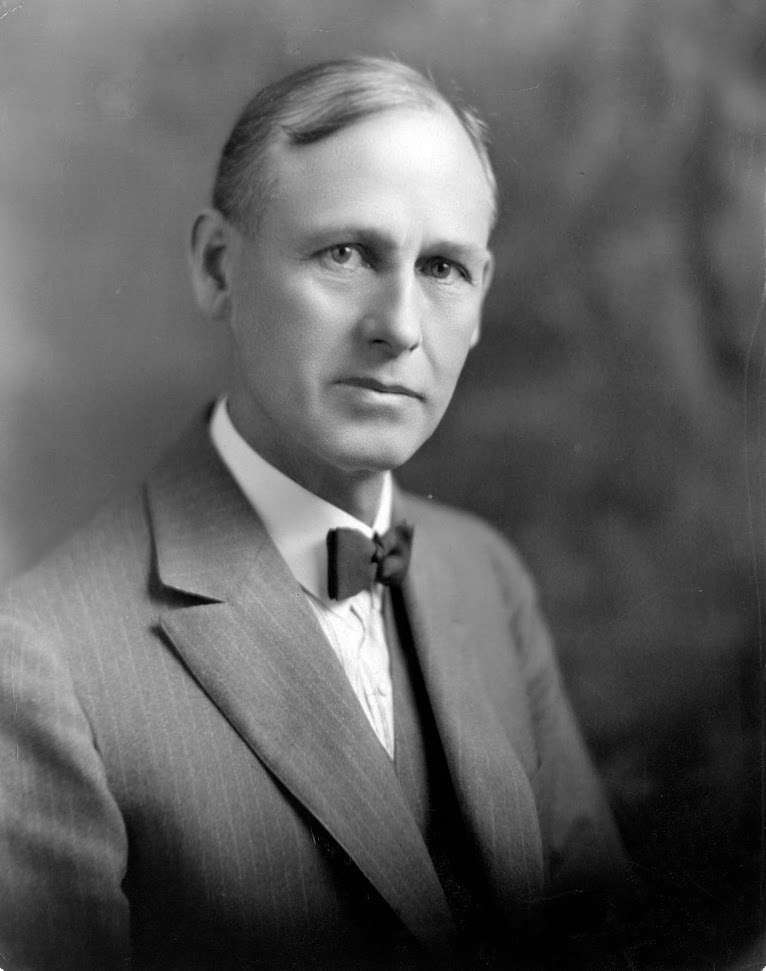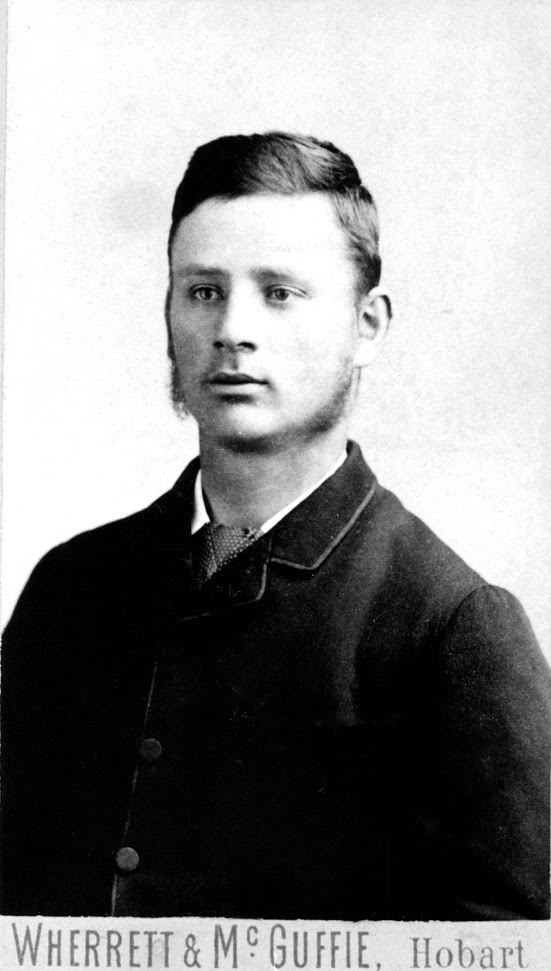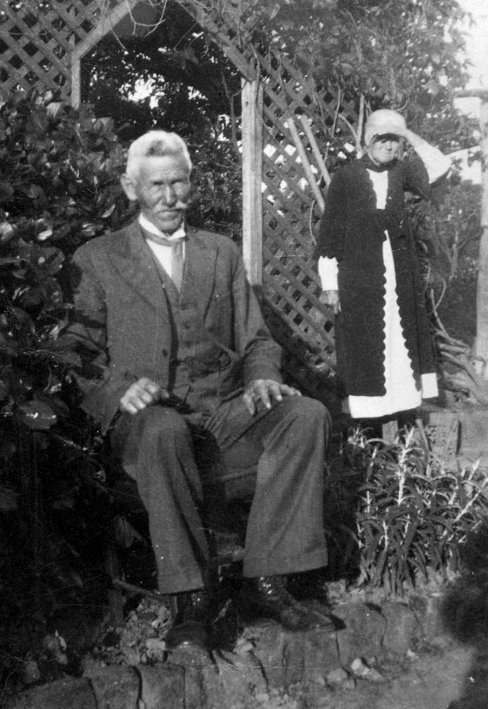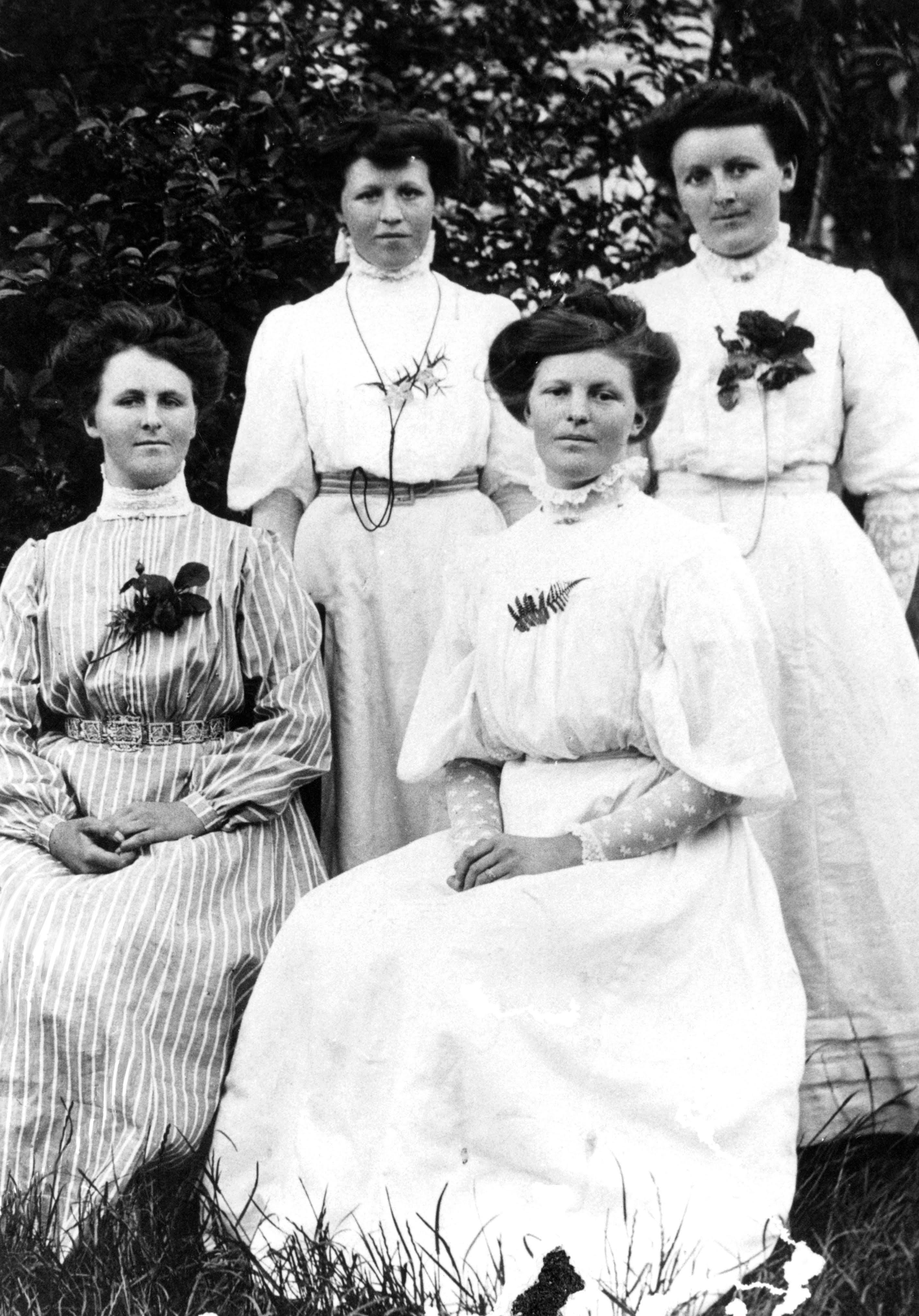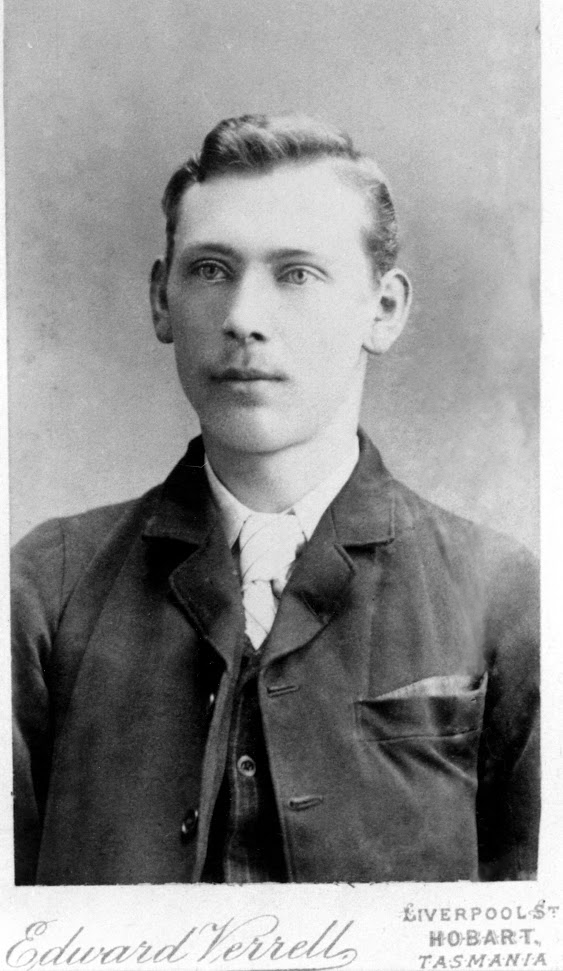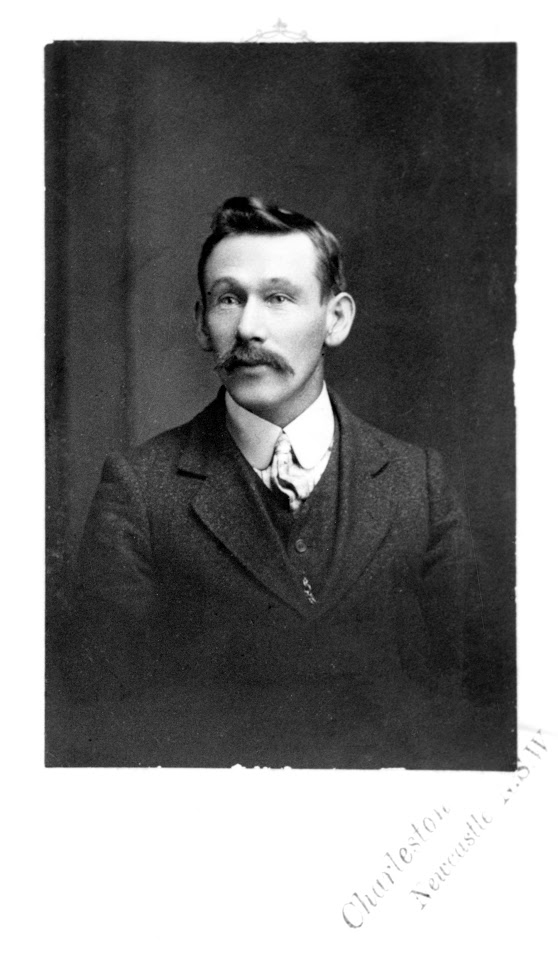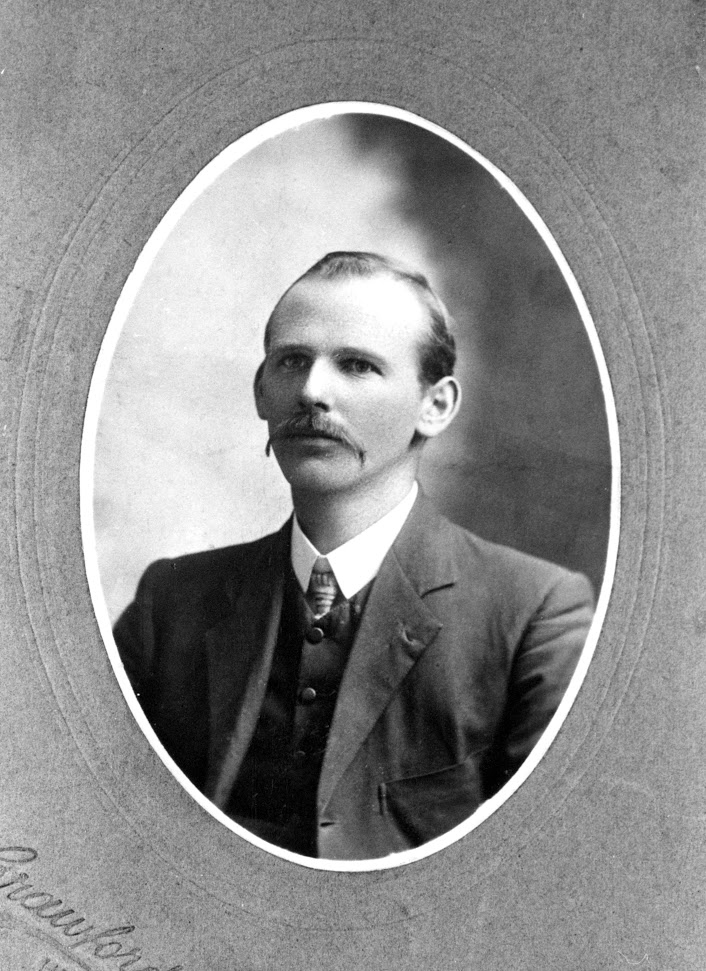
His formal name may have been Charles, but he was always referred to as “Uncle Charlie”, an informal, friendly name. Later reports tell us that the name described his personality well. Two older brothers, Albert and Fritz, were born to mother Carolina after the family’s arrival in Hobart on the SS Eugenie in 1872, and Charlie was born in 1876.
The family made their move from Swansea to the village of Sorrell Creek in several years after their arrival in Tasmania in 1872. That village, Sorell Creek, where the family established their permanent home, was later renamed Bismarck by the German settlers who settled there as farmers or timber loggers. The name was changed again during the Great War of 1914 to 1918, when Germany was a wartime enemy. The village of Bismarck was renamed Collinsvale.
Charlie received his formal schooling in the public schoolhouse in Bismarck, which had been built in 1876 by his father Emanuel. It was along walk to school every day from the Brandstater homestead on Springdale Road, down the hill to the school in the center of the village. We do not know how much high school education was available at Charlie’s age. But in those years Tasmania was still a British Crown Colony, with strict English education standards. In one letter from his daughter Thelma, Charlie was described as “a great reader”. At about age 16 he was given an apprenticeship in carpentry, in which he did well. With those skills he worked for many years building and selling houses throughout Tasmania. His work was well respected, and he advanced to do sub-contracting work for the Tasmanian Public Service.
Charlie started his career in construction at a young age, and he chose to live wherever construction work was available. In the First Family portrait he is a young man in his twenties, good-looking and robust. In due course he married in 1928 an 18-year-old Dorothy Matilda Smith (a Bismarck girl born March 24, 1910). Dorothy was the youngest child in the Smith family, the only daughter amongst five brothers. They were fiercely protective of their young sister, and that was a reality that Charlie had to deal with when he courted Dorothy. They may have met at the Methodist Church in Montrose, where both of them sang in the church choir. Within a year of their marriage Charlie and Dorothy were blessed with a baby daughter, Thelma Dorothy, born January 18, 1911. And just sixteen months later a second daughter arrived, Beryl Hope, born April 13, 1912. Those babies did not interrupt their parent’s singing in the choir. In her later memoirs, Thelma remembered sitting in a cold church in winter evenings, waiting for choir practice to end.
Music was an important part of living for both Charlie and Dorothy. Charlie’s musical talents were prominent in his young years, and he had a fine singing voice. Outside of church, he often sang in the bush. He believed that feet were made for walking, and as a lad he often attended carpentry classes that were held fourteen miles away in Hobart. He could walk that distance fast by taking short cuts through the bush, though sometimes it was scary walking home at night through the dark bush. He explained to Thelma that his solution was to sing hymns at the top of his voice until he could see the glimmer of lights that signaled he was nearing home.
Charlie’s robust singing voice was a noteworthy gift of a series of Brandstater men. His older brother Albert served as a singing evangelist in the southern American states, after finishing studies at Battle Creek and before he returned to Tasmania. Jeff Brandstater, Ernest’s son in Christchurch, was well known in New Zealand as a favored church vocal soloist whose rich baritone impressed me in the 1940’s when he visited our home in Adelaide at the end of World War II. Brothers Gordon and Roy both had strong solo voices, sometimes heard performing at camp-meeting time.
More than a vocalist, Charlie followed the example of his brother Fritz and other Bismarck friends who formed that community’s brass band. He became a good cornet player, and for a time he served as band-master-conductor for a band that flourished at the large zinc works north of Hobart. Charlie was simply a versatile, capable man who could assume leadership roles comfortably. For her part in music, Dorothy was a keyboard player, and served for a time as organist of their church. She also was popular as a music teacher. In a different direction, Dorothy was an excellent seamstress, and was employed as a demonstrator by the Singer Sewing Machine Company in Hobart. When she left the Company to marry Charlie, the Company presented her with the gift of a Singer treadle machine which remained in the family for many years.
After living for some years in Montrose, Charlie took Dorothy and their two daughters and moved to Geelong in Victoria. Charlie found reliable employment there, helping to construct the big new Ford car factory. During those years the two daughters began to plan for their future employment. Thelma, at age 14 years, commenced an apprenticeship in hairdressing at a place known as A.G. Hall. Beryl continued in school until the legal leaving age of 14 years, then enrolled in the Gordon Technical College, where she completed a commercial course in office procedures. That meant the basic skills of shorthand, typing and record-keeping. Equipped with those skills, Beryl was employed by F.L. Hoopers.
After some years in Geelong, Charlie moved his family to the Sydney suburb of Camperdown where good work was offered to him. We don’t know much about Charlie’s later career in the big city, which must have included a continuing involvement in construction work. Nor do we know anything about his final illness. So to complete his story we may now follow some details of the two Brandstater daughters, Thelma and Beryl, and their children. We have commentaries about father Charlie written by both these daughters, who had connections in both Geelong and now in Sydney. They provided me with personal memories of their father Charlie and their mother Dorothy, and their occasional visits with members of the now-scattering Brandstater family.
Thelma was the first daughter to marry. Her husband was named Martin Breem. They lived in Sydney, where Martin’s father worked as a lighthouse keeper in Queenscliff. They had one daughter who was named Marian Joy. This Marian was an interesting woman who wrote a long informative letter to me in 1998. It was expertly authored, and was probably triggered by a Brandstater family reunion that my daughter Suzanne arranged in a rented hall in Wahroonga on one of my visits to Australia from California. News of this forthcoming family reunion filtered out through the family network in unknown ways, and in the rented hall that evening I met cousins and other connected people whom I had never heard of.
By the time of that reunion gathering, Marian had been long married to a man named Frank French, and they had two daughters, named Zarli and Julie. Her husband must have died early, from causes unknown. Soon after sending that letter to me, Marian made a holiday tour to the United States, and visited some of us Brandstater relatives in California. Ten years or more later I had the pleasure of visiting Marian at her retirement home in Kincumber, a coastal resort town on the New South Wales Central Coast, close to Gosford. I was joined in that visit by cousins Don Brandster (Brandstater) and Milton Smith. Marian treated us graciously, showing us the large garden where she proudly grew a sizeable crop of commercially valuable lavender. Years later I heard that she had moved from Kincumber to live close to one of her daughters in Sydney.
Beryl’s story is quite distinct from her sister’s. She continued to live with Charlie and Dorothy in Camperdown, but later met Henry Norman Bennett who lived in Geelong. Beryl spent many weekends visiting him there, and they were married on March 27, 1937, establishing their home in Geelong. In later years, Beryl and Henry Bennett made a grand tour to the U.S., and during that tour they were able to make visits to several Brandstater families living in Southern California. I was living in Redlands at that time, as were my sister Rhona and my parents, Roy and Frances. But the visitors also made connection with Kenneth Brandstater, youngest son of the deceased Uncle Albert and William Brandstater, son of Gustav Adolph Brandstater, who in the early 1900s had developed a sanitarium in the city of Christchurch in New Zealand. William had developed a successful practice in physical therapy in Glendale and Los Angeles. I (Bernard) felt pleased to be able to join this gathering of Brandstater people, and take a photograph of this rare event. We were coming together from different generations of the family, and from different places in Planet Earth. But I was nostalgically moved by seeing how we all felt a level of exceptional family bonding. We had all each inherited a small share of Brandstater genes.
Beryl and Henry had two children: Valma Louise and Pauline Rhonda. Valma married Roger Sykes, and they had three children: Carolyn, an accountant; David, who managed his father’s transport company, and Andrew, about whom we know very little. Pauline, the other daughter of the Bennetts, married John Wallace Cranney, and they had three girls: Suzanne Beryl (born 1966); Sandra Jane (born 1969); and Allison Maree (born 1971).
This youngest daughter of Pauline, Allison, is now leading an active life in Geelong, Victoria. Allie became well known to us. She married a man named Dallow, and they produced three bright, energetic children: Bella, Shae and Angus. But this marriage was not long-lasting, and Allie became a single mother. Now on her own resources, Allie was successful in the practice of audiology. She was so successful that she was recruited by a major hearing aid company to supervise a string of their offices throughout Australia. I (Bernard) have become well acquainted with Allie and her three children, because all of them, including Allie, spent time as our guests in the Dwight Street Brandstater home in Redlands. This happened around 2014 or 2015, and it was clear that Allie has done an outstanding job in raising those three youngsters. They have good polite manners, and consistently cheerful behavior.
I have no way to tell to other Brandstater people what events marked Charlie’s closing years. It is likely that he and Dorothy continued to connect with the Methodist Church, probably near where they lived somewhere in the northern Sydney beaches. They therefore missed some of the social events that engaged many other Brandstater people, most of whom had developed ties with the Adventist church community. Charlie and Dorothy lived for years close to the home of Uncle Herrman, his older brother, and Aunt Minnie in Brookvale. This was a part of Sydney that was close to the Pacific Ocean beach. Lacking news of Charlie, we are at least able to report the news from Marian French, sent in a letter to us in California in 1998. She told us, with pride and pleasure, that at the time of her writing, her mother was “still hale and hearty” at age 87.
Charlie and Dorothy lived out their appointed life spans usefully and cheerfully. Charlie did show some tender affection for his aged parents, Emanuel and Carolina, during their late years in retirement. Their last house address, today, is: 507 Main Road, Montrose, TAS 7010. In their old age, Charlie must have paid them a loyal visit, expressing love from their youngest son. There, on a front window pane of that ancient colonial house, is engraved, with a glass cutting tool, the signature of their baby boy, Charlie Brandstater. It is still clear and readable today, after more than a hundred years.

